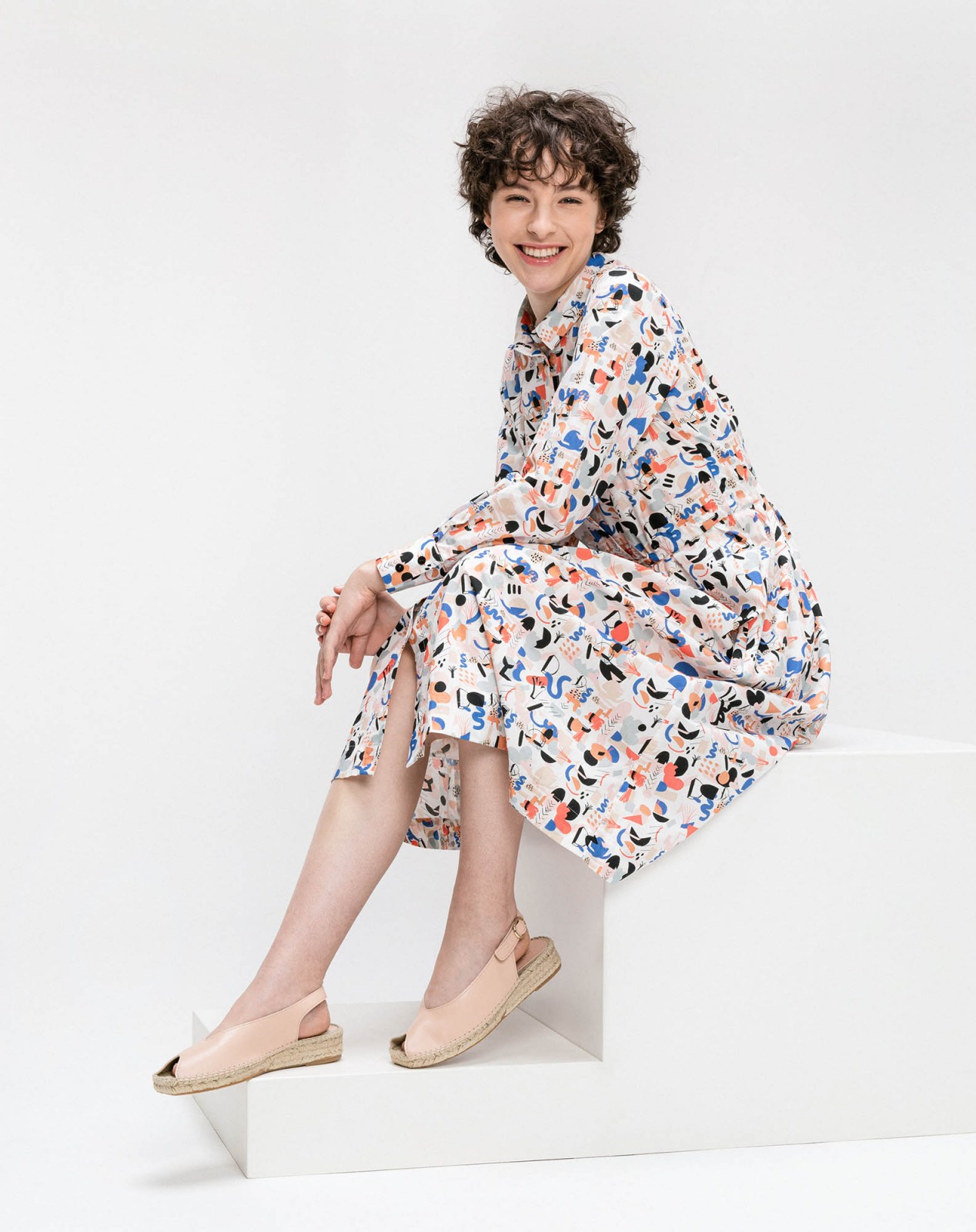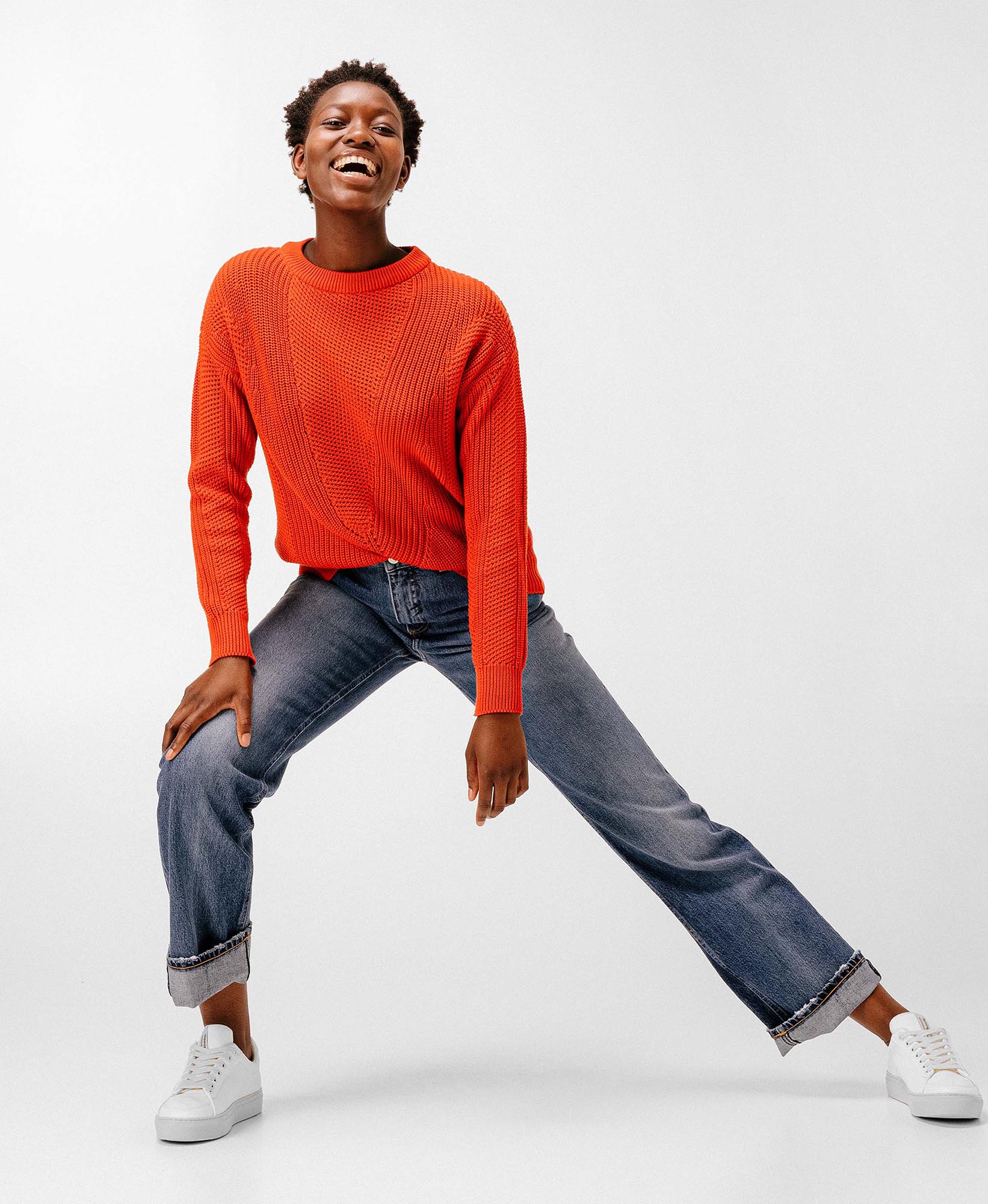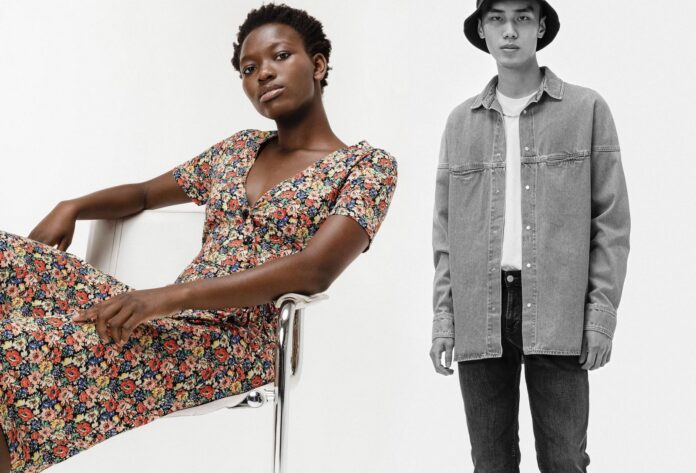Sustainable fashion is becoming more and more important, because consumers are increasingly paying attention to the environmentally friendly production of clothing that respects people and animals and conserves valuable resources. In this article, you will know At what point is fashion actually sustainable.
Table of Contents
But what exactly does sustainable fashion mean?
We answer these and other questions about sustainable fashion in our guide below.
In addition to the question of why it is worth buying sustainably produced fashion, we explain where you can best buy fair fashion.
We also explain which criteria products have to meet in order to be considered sustainable.
Why is it worth buying sustainably produced fashion?
One’s own shopping behavior should be reconsidered by every single consumer in view of the increasing flood of cheaply produced fast fashion.
This is the only way to put an end to the devastating cycle of wasted resources and extreme overproduction.
Sustainably produced fashion scores with a low consumption of important raw materials or even relies completely on recycled materials.
Bad payments, child labor or miserable working conditions are non-existent in contrast to the fast fashion business.

Where can you buy fair fashion?
Fair fashion is now available both online and locally at specialized retailers.
On the Internet, small fashion labels with contemporary collections and online retailers that combine several sustainable labels on their website and have a fantastic range of products ready, so the rule is: store 100% sustainable fashion online.
What criteria must products meet to be considered sustainable?

Sustainable fashion must meet some important conditions to be classified as fair fashion.
Below are the most relevant points:
Raw materials with a sustainable background
Fair fashion convinces above all with the use of organic raw materials that are free of pesticides, insecticides and chemical fertilizers.
As a result, the natural raw materials protect the environment and prevent contamination of groundwater.

In contrast, the washing of synthetic fibers results in a strong abrasion of tiny fiber particles, which then end up bundled through the wastewater in the sea.
These fine particles are known as microplastics, which can now even be detected in our food and our bodies.

The sustainable use of raw materials and resources in production
Sustainable fashion must also adhere to strict guidelines during production, with a particular focus on the careful use of raw materials and resources, such as low energy consumption and, above all, low water consumption.
In addition, the use of raw materials that grow back quickly plays a role, such as bamboo, which can grow up to one meter in a day, or tree cuttings left over from forestry.
Even pineapple leaves, which are a waste product from harvesting, are now being used.
Last but not least, the production of fair fashion must also pay attention to short supply routes.

The use of recycled materials and the upcycling principle
Another criterion for sustainable fashion consists of the use of recycled materials or the production according to the upcycling principle.
This is because this conserves new resources and demonstrably reduces the amount of waste from old products, which are given a new life through recycling.
Old jackets, for example, are transformed into bags or old fishing nets are turned into stylish accessories.
Fair production and fair trade
Fashion that is traded as “Fairtrade” ensures that the entire trade from the purchase of raw materials to the sale of fashion has taken place under fair conditions.
Fair refers specifically to adequate payment of raw materials to farmers, fair wages and particularly fair working conditions and the exclusion of child labor.

Production at local level
Production at the local level has several important advantages.
On the one hand, an enormous amount of CO2 is saved by avoiding long and mostly unnecessary transport routes. On the other hand, local production in Germany secures jobs and supports the domestic textile industry.





